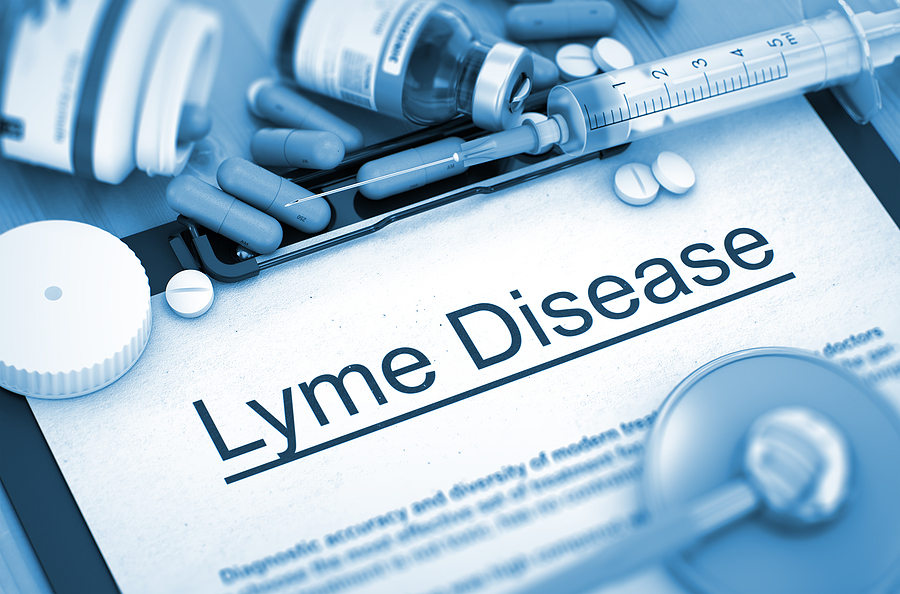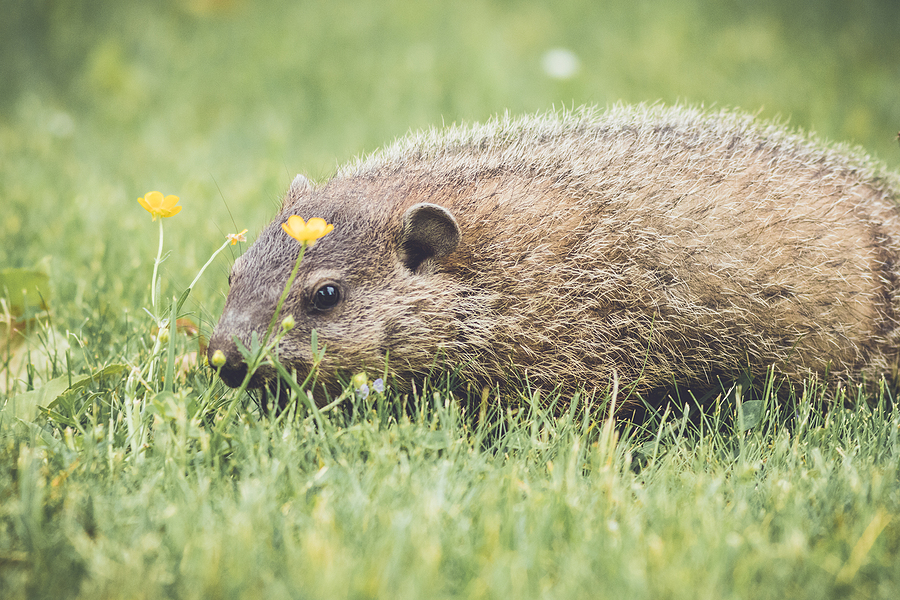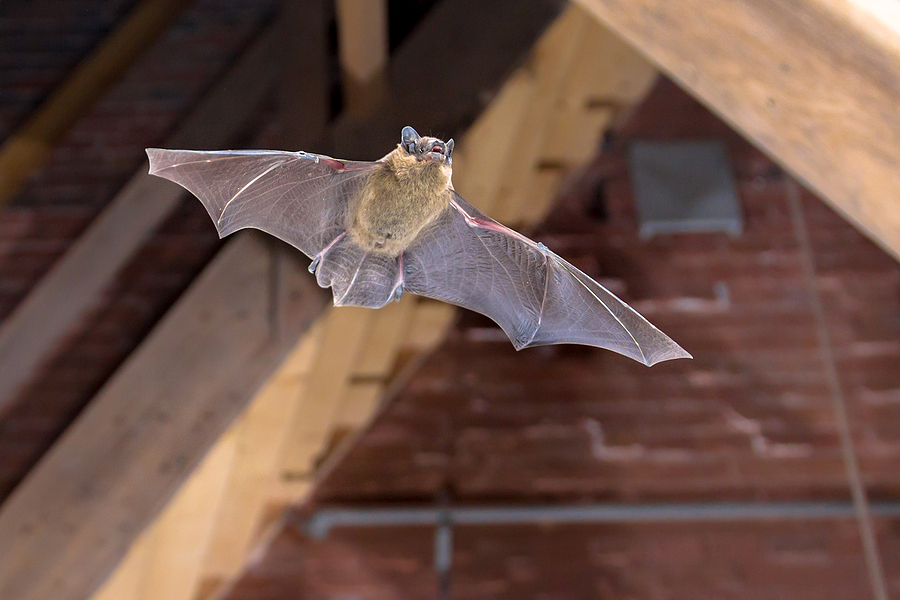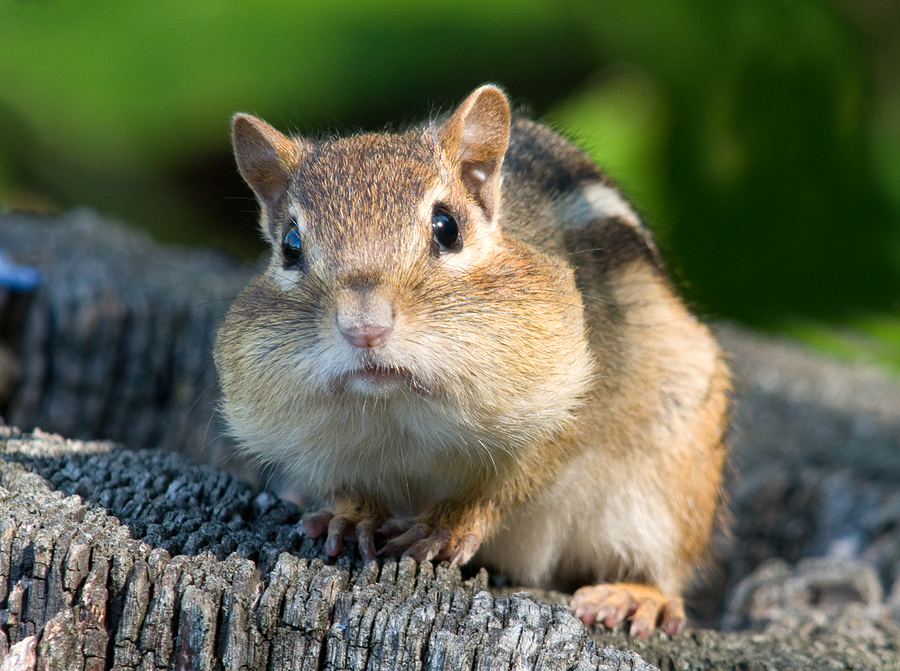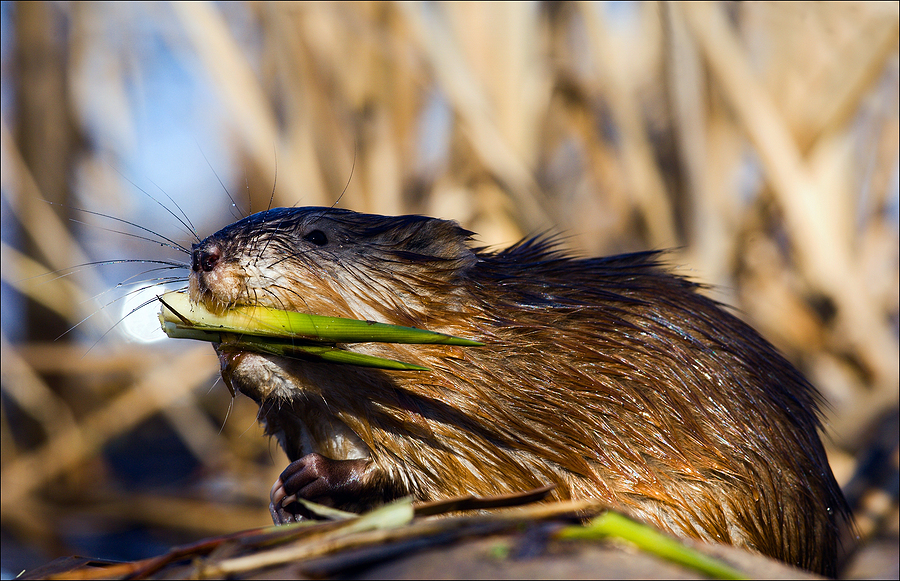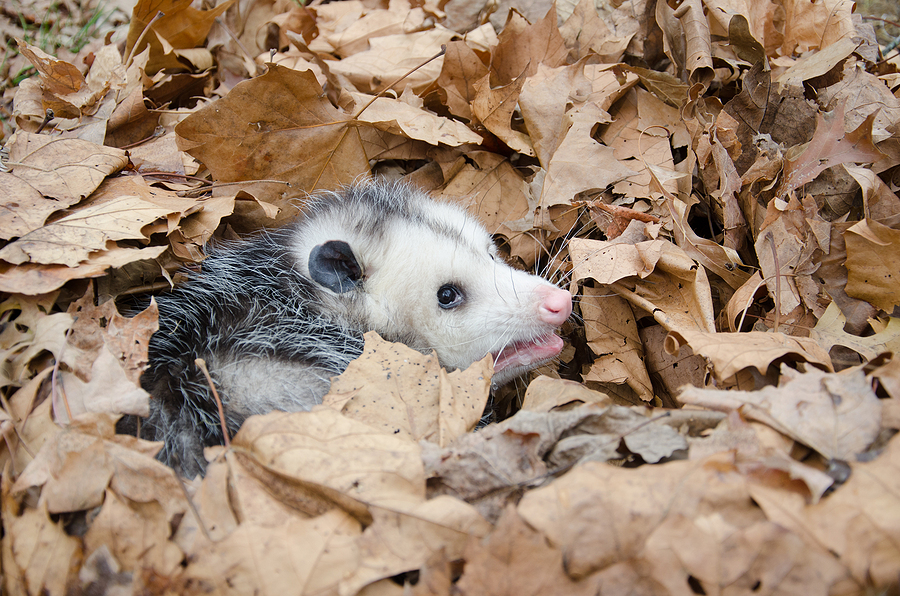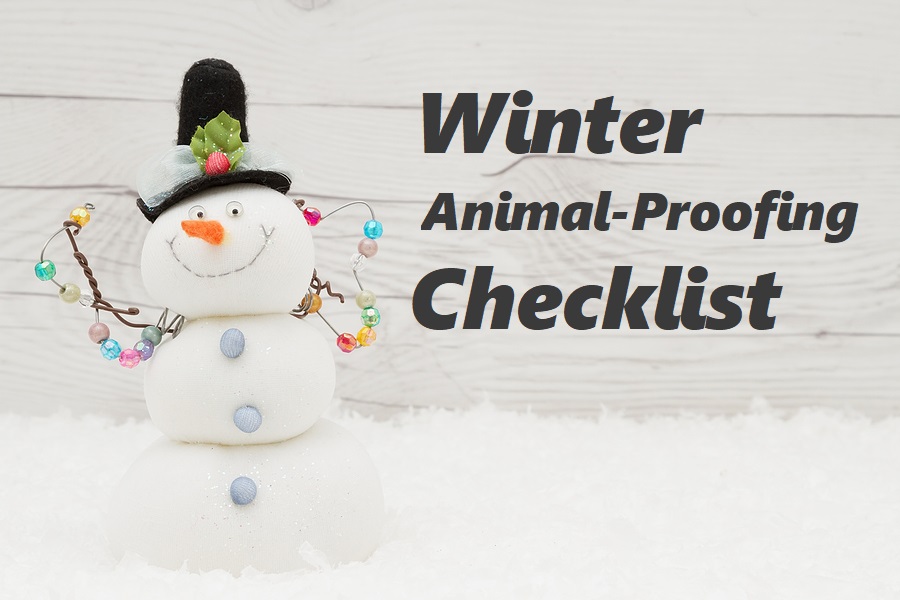If gardening is your passion or if sustainable agriculture excites you, you’re in for a treat. Bat guano, often referred to as nature’s gold, has been a hidden gem for centuries in the world of gardening and farming. But what exactly is bat guano, and why should it matter to homeowners, agriculture enthusiasts, gardeners, nature lovers, and animal lovers alike? This blog post will unravel the mysteries of bat guano, its incredible benefits, and how you can leverage it to enrich your gardens and farms.

The Science Behind Bat Guano as a Fertilizer
Bat guano, or bat droppings, is richly packed with nutrients that plants absolutely adore. The science behind this natural fertilizer lies in its unique composition. High in nitrogen, phosphorus, and potassium – the holy trinity of plant nutrition – bat guano offers an organic alternative to chemical fertilizers. Nitrogen promotes leafy growth, phosphorus supports root development, and potassium enhances overall plant health. These elements are crucial for vibrant, thriving gardens.
But that’s not all. Bat guano also contains beneficial microbes that improve soil structure and promote healthy microbial activity. Unlike synthetic fertilizers, which can deplete soil fertility over time, bat guano sustains and enriches the soil, making it a long-term investment in your garden’s health.
Benefits of Bat Guano in Home Gardens and Agriculture
The advantages of using bat guano extend beyond basic plant nutrition. For home gardeners, bat guano provides an accessible and environmentally friendly way to boost plant growth. Its quick-release properties mean plants can absorb nutrients rapidly, resulting in faster growth and higher yields.
For agriculture enthusiasts, bat guano offers a sustainable solution to enhance crop production. Its slow-release properties ensure that plants receive a steady supply of nutrients over time, reducing the need for frequent fertilization. This not only saves time and effort but also minimizes the risk of nutrient runoff, which can harm water ecosystems.
Additionally, bat guano’s natural fungicidal properties help protect plants from diseases, reducing the need for chemical pesticides. This makes it an ideal choice for organic farming practices, aligning with the growing demand for Eco-friendly and sustainable agriculture.
Environmental Impact and Sustainability of Using Bat Guano
One of the most compelling reasons to use bat guano is its positive environmental impact. By opting for this natural fertilizer, you’re contributing to a more sustainable gardening and farming practice. Bat guano is a renewable resource, sourced from bat colonies that naturally produce it. This means no harmful mining or manufacturing processes are involved.
Using bat guano also supports bat conservation efforts. Bats play a crucial role in ecosystems as pollinators and insect controllers. By valuing their droppings, we indirectly support their populations and habitats. Furthermore, bat guano helps reduce the reliance on chemical fertilizers, which can leach into waterways and cause pollution. By choosing a natural option, you’re helping protect our planet’s precious resources.
How to Source and Use Bat Guano Effectively
Wondering where to find this magical fertilizer? Bat guano can be sourced from specialized garden centers, online retailers, or bat conservation organizations. When purchasing, ensure the guano is ethically harvested to avoid disturbing bat habitats.
Using bat guano is straightforward. For home gardens, sprinkle a small amount of guano around the base of plants and water it into the soil. For larger agricultural applications, mix guano into the soil before planting or create a guano tea by steeping it in water for a nutrient-rich liquid fertilizer.
Remember, a little goes a long way. Bat guano is potent, so use it sparingly to avoid over-fertilizing. Regular application every few months will keep your plants healthy and vibrant.
The Importance of Bat Conservation Efforts
Bats often get a bad rap, but they are essential to our ecosystems. They help control insect populations, pollinate plants, and disperse seeds. However, bat populations are declining due to habitat loss, climate change, and human activities.
Supporting bat conservation efforts is crucial. By creating bat-friendly environments, such as installing bat houses or preserving natural habitats, we can help ensure their survival. Educating others about the benefits of bats and dispelling myths can also play a role in conservation.
Safe and Humane Bat Control Tips
While bats are beneficial, they can sometimes become unwelcome guests in homes and attics. If you find yourself needing to remove bats, it’s essential to do so humanely. Humane bat control ensures that these vital creatures are not harmed and can continue to contribute to our ecosystems.
Here are some tips:
- Identify entry points and seal them once bats have left.
- Install bat exclusion devices to allow bats to exit but not re-enter.
- Avoid using harmful chemicals or traps.
- Contact a professional animal removal service for assistance.
Key Takeaways
Bat guano is indeed nature’s gold, offering unparalleled benefits for home gardens and agriculture. By choosing this natural fertilizer, you’re not only enriching your plants but also supporting sustainability and bat conservation. Whether you’re a homeowner, gardener, or agriculture enthusiast, bat guano can transform your gardening experience.
If you’re facing issues with nuisance bats, our wildlife removal company is here to help. Contact Modern Wildlife Control at 317-847-6409 for licensed and insured animal trapping and removal for bats in Indianapolis, Indiana. We serve residential and commercial clients.
Related Posts:
The Only Two Reasons Why Bats Should Scare You
Top 3 Signs You Have an Infestation of Bats in the House
Unexpected Roommates: How To Deal With Bats In The Attic



